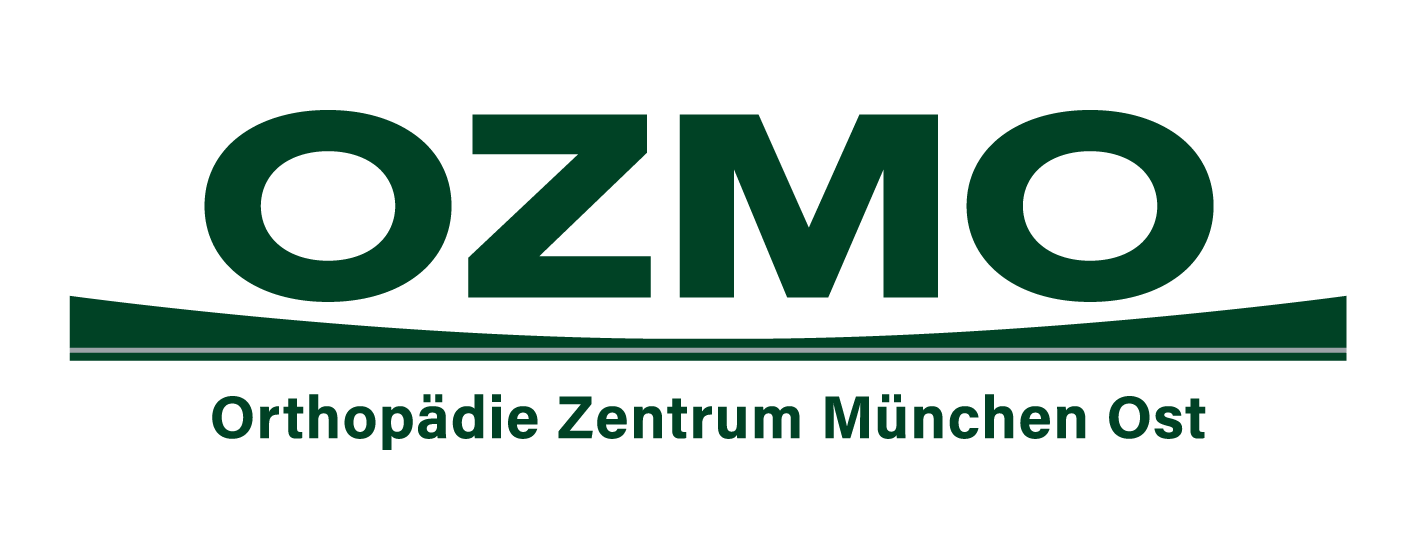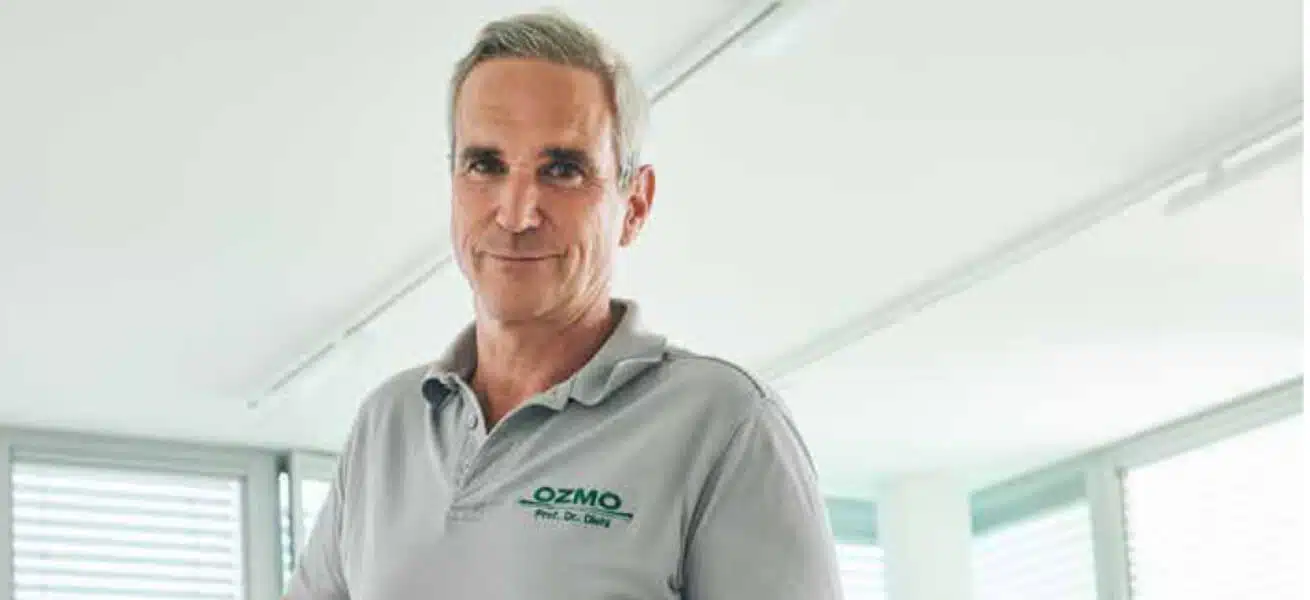Cartilage damage – Focus Health
Technical paper by Prof. Dr. med. habil. Peter Diehl
Cartilage damage in the knee is common, and not just in older people. Younger age groups also have problems with osteoarthritis. Injuries in athletes that occurred years ago can often be the trigger for massive cartilage damage. This was also the case with Herbert Brenner. Patient at the Orthopedic Center Munich East and his success story was published in Focus Gesundheit. To be read in the current issue 5/2023. The 52-year-old injured himself 20 years ago playing ice hockey and, as a result, struggled with third-degree osteoarthritis in his knee that made every step a pain. Thanks to modern cartilage medicine and OZMO expert Prof. Peter Diehl, Herbert Brenner was spared the need for an artificial joint and can now play sports again.
Gold standard: the body’s own cells
Mit am besten erprobt und mittlerweile Goldstandard ist das Anzüchten und Verpflanzen von körpereigenen Zellen, die sogenannte Autologe Chondrozyten-Transplantation, (ACT) vor allem, wenn es um größere Areale des Gelenkpuffers geht können bis zu zehn Quadratzentimeter ersetzt werden.
ACT- Surgery: Autologous Chondrocyte Transplantation
ACT surgery has been performed since the 1990s and has continued to evolve over time. The method is carried out in several steps. First, healthy tissue is removed from an area of the knee that is barely exposed to stress during an arthroscopy. The cells isolated from these are then multiplied in the laboratory to obtain sufficient yield for treatment. This process may take a few weeks. Once sufficient cells are available, they are implanted into the damaged knee joint, precisely fitting into the prepared lesion. This is done either arthroscopically or through a small joint opening. The procedure takes a maximum of one hour and is performed under local anesthesia. The great advantage of the method is that at this point the body’s own cells help to form new cartilage through their potential regenerative capacity and, above all, to repair the damaged cartilage. Following surgery, patients receive crutches, but start right away with gentle mobilization. After five to six weeks, patients can resume partial weight-bearing, and after three months, strength is achieved. Light sports are then allowed again. For jogging there is usually the ok after 6 months and for soccer or skiing after a year.
Another benefit of ACT is that it reduces the risk of rejection or other complications. Since the cells come from the patient’s own body, rejection is unlikely.
Cartilage cell transplantation has proven successful
The prospects of success are therefore very good. Cartilage cell transplantation has proven effective for major cartilage damage to the knee or ankle. However, the procedure also works excellently on the hip, shoulder or elbow. Patients treated report progress shortly after the procedure. If, after months, the transplanted cartilage cells have produced a sufficient mass of fresh cartilage in the joint, it is almost as resilient as in the healthy state.
Today, patient Herbert Brenner is happy to be able to do sports again after his successful transplantation and to do so without any complaints.
The procedure not only sounds very demanding, it is, which is why health insurance companies cover the therapy only in designated centers. But, and this testifies to the good reputation of the therapy since 2023 also in severe cases outpatient. It is very important to clarify in advance whether the patient is suitable for the ACT method. This depends on various factors, such as the extent of cartilage damage, the patient’s age and other individual factors.
Conclusion: Therapy with the body’s own cells is promising
As a conclusion, one can definitely say that therapy with the body’s own cells is a promising treatment method for cartilage damage in the knee, shoulder, hip or elbow. By using the body’s own cells, the damaged cartilage in the knee can be regenerated and the function of the knee joint can be improved. However, treatment should be carried out at an early stage. If the joints are already very badly damaged and on both sides, it is often too late for biological cartilage regeneration.
Please feel free to contact us about the ACT method, which saved OZMO patient Herbert Brenner from having to have an artificial joint.
His success story can now be read in Focus Gesundheit, issue 5/2023





